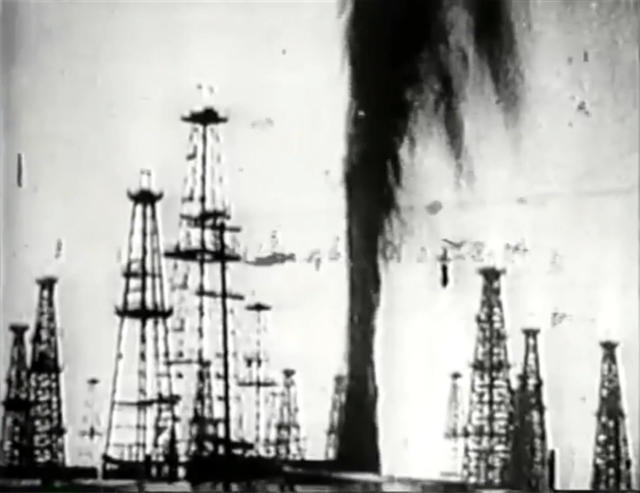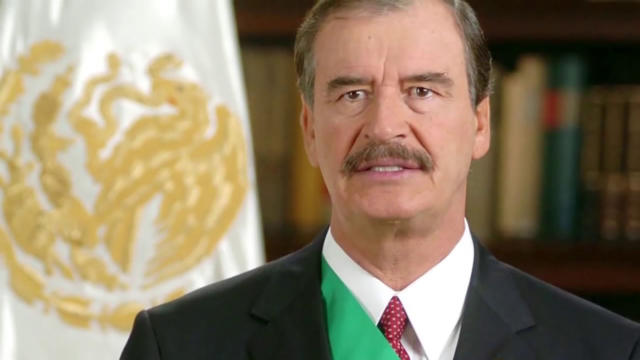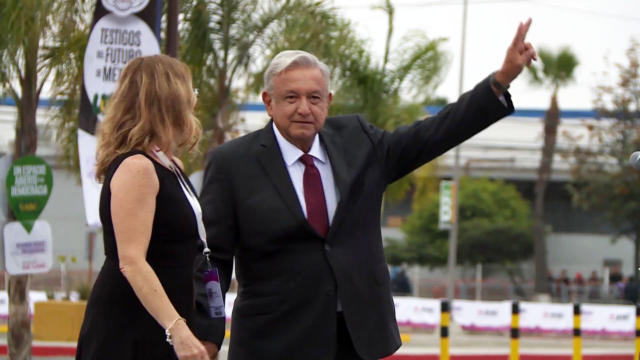Part of the CGTN special series Rediscovering the New World
The world’s largest Spanish-speaking nation is undergoing one of the most closely watched presidential elections in modern history. The front-runner is a left-leaning populist and a former mayor of Mexico City, Andres Manuel Lopez Obrador, better known as AMLO.
He has been a long-standing critic of the Institutional Revolutionary Party or PRI, which has held power in Mexico for more than 75 years and currently controls the presidency and a majority in both houses of the Mexican Congress.
But like most Mexican politicians, Lopez Obrador was also once a member of the PRI, and his case illustrates the PRI’s deep connection to political power in Mexico. Experts say, to understand Mexico’s power structure, it is essential to know the history of the Institutional Revolutionary Party.
The PRI was created by military elites clinging to power after winning the Mexican Revolution. 1928, Revolutionary leader Alvaro Obregon was assassinated. General Plutarco Elias Calles came into power, and in 1929, he created the PRI’s predecessor, the National Revolutionary Party or PNR.

Following the assasination of revolutionary leader Alvaro Obregon, General Plutarco Elias Calles (center) came into power.
Historian Lorenzo Meyer said since the party’s birth, it was designed to exercise the power Calles inherited. “That’s how the PRI was born in 1929. The party was not born to compete for power. It already had power,” he said.
In 1934, Calles named his successor, another revolutionary General, Lazaro Cardenas.
In 1938, Cardenas nationalized the oil sector, creating the state-owned oil monopoly, PEMEX. He said he did it for the benefit of the nation: “This is a clear and evident case. It obligates the Government to apply the Law of Expropriation, because they’ve broken labor contracts with their workers.”
By 1946, the PRM changed its name for the last time to the Institutional Revolutionary Party, or PRI. A long period of economic growth, marked by authoritarian controls, characterized Mexico in the 1940s, 50s and 60s.
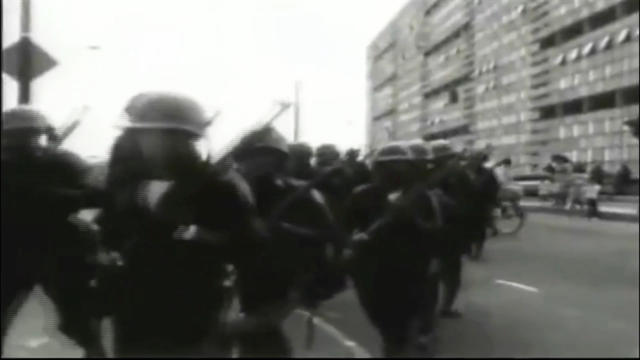
In 1968, the Mexican government ordered armed security forces to fire on hundreds of protestors in Mexico’s Tlatelolco district.
The world’s political climate changed in 1968, and like other major capitols, Mexico City’s streets also filled with democracy protestors. The Mexican government ordered armed security forces to fire on hundreds of protestors in Mexico’s Tlatelolco district.
One year later, in a famous speech before Mexico’s PRI-controlled Congress, Diaz Ordaz said, “I fully assume the personal, ethical, social, judicial, political and historical responsibility for the government’s decisions in relation to the events of the past year.”
Despite the massacre, Mexico went ahead with plans to host the 1968 Summer Olympics.
The PRI’s single rule party created the strongest central government that Mexico had ever had. In the rural areas and cities, its legacy is plain to see. A monument to the Mexican Revolution stands as a symbol of the Institutional Revolutionary Party’s dominance.
The 1970s saw more government-sponsored violence against democracy protestors.
The 1985 Mexico City earthquake showed citizens the PRI government’s inability to respond to the crisis. the 1988 presidential election, a vote-counting computer system has suddenly failed, and another PRI president came to power.
By the mid 1990s, a PRI government helped negotiate the creation of the North American Free Trade Agreement. But during that time, many still believed the PRI was a corrupt party.
1994, PRI presidential candidate Luis Donaldo Colosio promised to break with his party’s authoritarian and corrupt past. On the campaign trail, Colosio said, “I see a Mexico hungry and thirsty for justice. I see the Mexican people aggrieved by laws imposed on them by those who should serve the people.”
But political violence struck that same year and the PRI candidate was murdered in border city of Tijuana.
Massive political change came to Mexico in the year 2000, when for the first time ever, the PRI lost a presidential election. President Ernesto Zedillo, also of the PRI, peacefully handed power to Vicente Fox of the National Action Party.
Speaking to the nation during his last televised address, Zedillo said, “The Federal Electoral Institute has informed all Mexicans … that the next president of the Republic will be Vicente Fox.”
The party lost two more presidential elections before returning to power in 2012.
In Mexico’s current presidential election polls indicate a wide-spread perception of PRI corruption, which has placed the party’s candidate in a distant third place.
Now, left-leaning candidate Andres Manuel Lopez Obrador, who built a political career by denouncing the PRI, is now favored to win Mexico’s 2018 presidential election, despite having a personal history that is tied to the Institutional Revolutionary Party.
 CGTN America
CGTN America
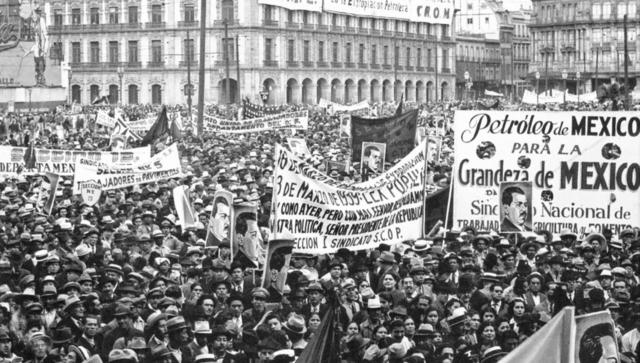 Rally in support of President Lázaro Cárdenas during the demand for oil nationalization.
Rally in support of President Lázaro Cárdenas during the demand for oil nationalization.
